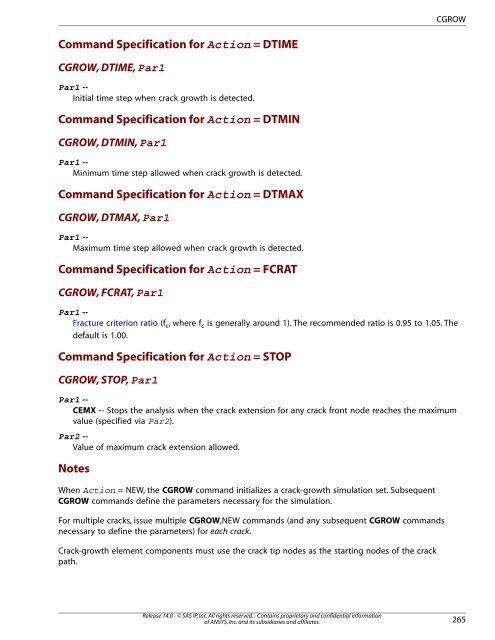

Once you have a string you can manipulate it using the string functions. Money is the string with which a sardonic destiny directs the motions of its puppets.

String arrays can be two dimensional, so if you have a bunch of text you want to keep together you can do that fairly easily.The longest string you can have is 256 character – but don’t worry, you can string strings together.You define the value of a string by putting the text in single quotes ‘string’.Stuff you should know about strings in APDL: Once you create a string you refer to it with its name and an index for the start of the string.įor a character parameter, you don’t need the index: And you would do this if you are going to use a function to fill it. This would create a text string called myString that is 80 characters long. To be more robust and avoid size issues, you should use a string array, which you create with a *dim command: You create a string parameter by using the parameter = method: The down side is that you are limited to 8 characters. Character parameters are nice because they don’t require indices when you use them, and you don’t have to define them with a *dim. Strings can either be stored as a character parameter or as a string array. – Dwight D Eisenhowerīefore we talk about manipulating strings, we should do some background on strings. Pull the string, and it will follow wherever you wish. There is also more information on this topic and all things APDL in PADT’s Guide to the ANSYS Parametric Design Language (APDL).

You can find additional, more detailed information in the ANSYS Help, Mechanical APDL>ANSYS Parametric Deign Language Guide.

In this article we will look at strings in APDL and how to work with them.


 0 kommentar(er)
0 kommentar(er)
